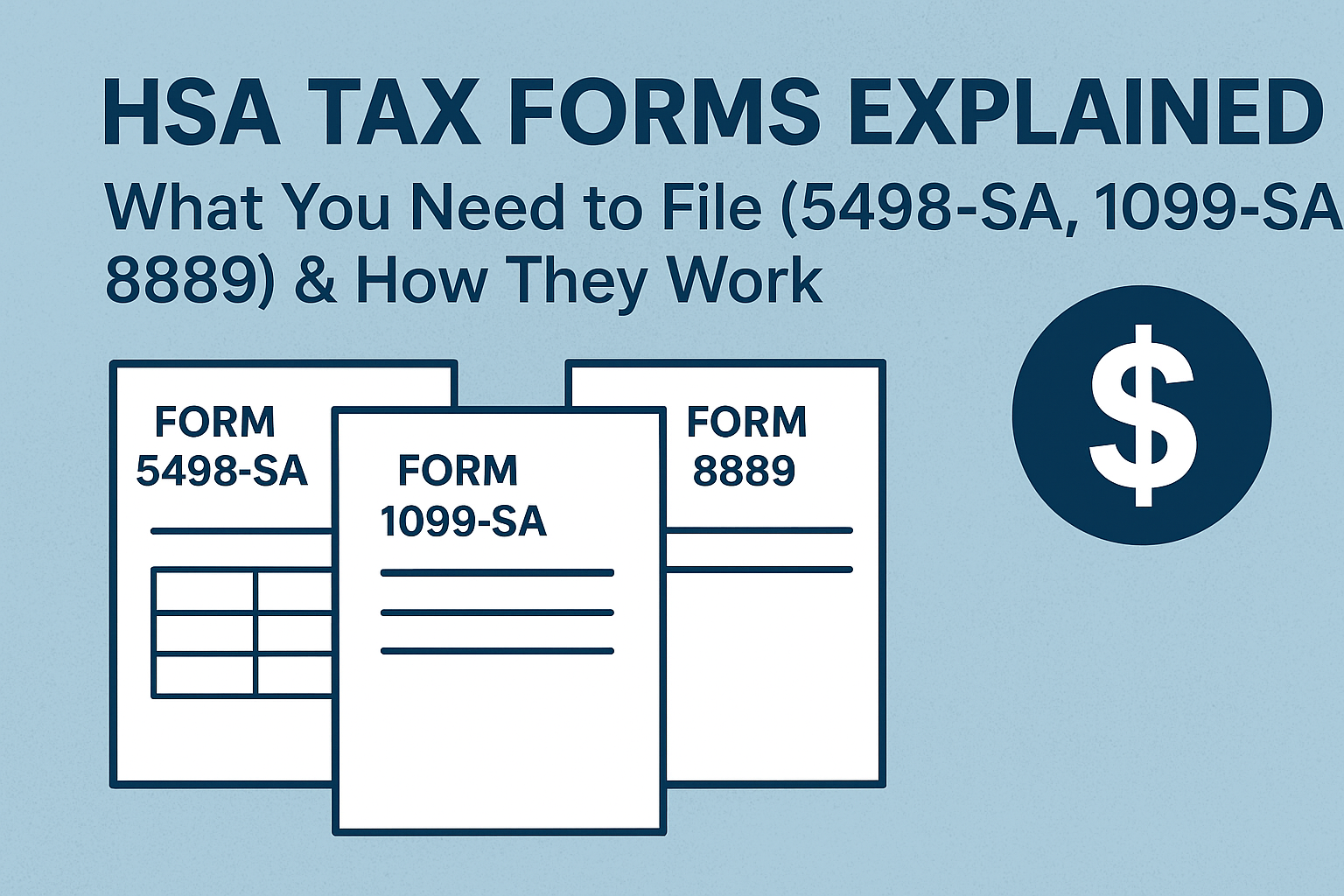
Tax credit apartments offer affordable housing solutions for low- to moderate-income families through a unique blend of real estate incentives and government intervention. These apartments are central to the federal Low-Income Housing Tax Credit (LIHTC) program, which strives to make quality housing accessible by leveraging tax credits for developers and capping rent rates for eligible tenants.
Tax credit apartments are rental units managed under the LIHTC program. Landlords or developers who participate in the program receive federal tax credits, which help offset the cost of providing apartments at below-market rates. This arrangement not only addresses housing affordability but also encourages private investment in community housing projects.
Eligibility for these units is based primarily on household income, typically restricted to 50–60% of the area median income (AMI). Tenants pay about 30% of their income toward rent, which is recalculated and verified annually.
The process behind tax credit apartments involves several key steps:
Tax credit apartments offer significant advantages to both renters and property owners:
Tenants seeking to live in a tax credit apartment must meet specific requirements:
The application process typically involves searching for available units, contacting the property manager, submitting necessary documents, and waiting for approval. Due to the popularity and limited availability of these units, waitlists are common, and applicants are encouraged to apply early and widely.
While these apartments are a crucial resource, they come with challenges:
For landlords, developers, and investors, especially those with international holdings, compliance extends beyond U.S. tax credits. Many property managers provide or coordinate offshore Tax Return Preparation to ensure that property owners meet both domestic and foreign tax reporting requirements for offshore assets.
Outsourcing tax preparation for offshore real estate can help:
Q1: Are tax credit apartments the same as Section 8?
No, Section 8 is a federal voucher program, whereas tax credit apartments are made available through the LIHTC program using tax credits to maintain affordable rent.
Q2: Can rent rise in tax credit apartments?
Yes, but increases are regulated and generally linked to changes in local AMI, ensuring continued affordability.
Q3: Who manages tax credit apartments?
Professional property managers or landlords who adhere strictly to LIHTC compliance standards and regulatory requirements.
Q4: How long can tenants stay in tax credit apartments?
There's no fixed time limit as long as tenants remain eligible and comply with property rules, usually with recertification required each year.
Q5: Do property owners benefit from offshore tax services?
Yes, developers and landlords with international interests may utilize offshore Tax Return Preparation services to ensure global tax compliance and optimize their overall tax position.
Tax credit apartments remain a cornerstone of affordable living solutions in the United States, offering a balanced approach to social need and economic practicality by pairing rent relief for tenants with financial incentives for developers. For landlords and investors, leveraging tax credits alongside offshore tax planning can further enhance compliance and profitability within the real estate secto





